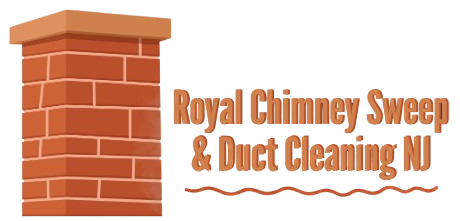A cozy fireplace can be the heart of your home during the colder months, but its performance heavily depends on the condition of your chimney. Regular Chimney Cleaning not only prevents fire hazards but also plays a crucial role in improving indoor air quality and heating efficiency. Whether you use a traditional wood-burning fireplace or a modern wood stove, keeping the chimney clean ensures that your system runs safely and smoothly.
Why Chimney Cleaning Should Be a Priority
When your chimney is in use, it accumulates soot, ash, and creosote—a thick, tar-like residue that forms from burning wood. This buildup can clog the flue and restrict airflow, leading to poor ventilation and smoky rooms. More importantly, creosote is highly flammable and is one of the leading causes of chimney fires. Annual Chimney Cleaning clears these hazards and ensures that dangerous fumes like carbon monoxide are safely vented outside.
Tips to Boost Fireplace Efficiency with a Clean Chimney
- Schedule Annual Inspections: Have your chimney inspected by a certified technician at least once a year. An inspection can catch blockages, cracks, or structural wear before they become a problem.
- Burn Dry, Seasoned Wood: Fresh or damp wood creates more creosote. Use well-seasoned hardwoods like oak or maple for cleaner, hotter burns and reduced residue buildup.
- Check for Obstructions: Leaves, bird nests, and other debris can restrict airflow. Regular chimney sweeping helps remove these obstructions and promotes better draft.
- Use a Chimney Cap: Installing a cap keeps rain, snow, and animals out, protecting your chimney liner and reducing moisture damage.
- Keep the Fire Small: Larger fires create more smoke and waste more fuel. A small, hot fire is more efficient and produces less residue.
Enhancing Indoor Air Quality Through Chimney Care
An unmaintained chimney can negatively impact your indoor environment. Blocked flues can cause smoke and harmful gases to backdraft into your living space, exposing your household to pollutants like carbon monoxide, fine particles, and allergens. By investing in routine Chimney Cleaning, you maintain a safe airflow path and improve the overall air quality inside your home.
Recognizing the Signs of a Dirty Chimney
Even if your fireplace appears to be working fine, there may be hidden indicators that your chimney needs attention. Watch out for:
- Dark, flaky soot buildup around the fireplace opening
- Unusual odors coming from the hearth
- Smoke filling the room when a fire is lit
- Visible creosote buildup inside the flue
- Difficulty getting fires started or keeping them burning
Any of these signs point to a need for immediate Chimney Cleaning. Acting quickly helps maintain optimal performance and prevents more serious issues.
Long-Term Benefits of Routine Chimney Maintenance
Aside from safety and efficiency, consistent chimney care extends the life of your fireplace system. Cleaning removes acidic creosote and moisture buildup that can degrade the flue lining, mortar joints, and chimney cap. In the long run, you’ll avoid costly repairs and keep your fireplace looking and operating like new.
Clean chimneys also mean fewer emissions, contributing to a cleaner environment inside and outside your home. Reduced soot and smoke output make your system more eco-friendly and less likely to trigger allergies or respiratory issues.
Final Thoughts
Maintaining a safe and efficient home starts with simple habits—like scheduling regular Chimney Cleaning. With just a little attention each year, you can keep your fireplace running at peak performance, ensure your family’s health, and enjoy the warm ambiance without worry. Clean chimneys truly are the backbone of a safe and cozy home.
